Fearless Furniture: Fort Greene's Double R Design Brings New Life to Old Pieces
Working out of a Fort Greene carriage house, designer Rachael Rosenblum redesigns old furniture to give it fresh personality and function.

A colorful array of old-new pieces and a spider sculpture at the studio. Photo by Rachael Stollar
The Fort Greene studio out of which Rachael Rosenblum works serves a very practical purpose. It’s the place where she runs her furniture redesign business, Double R Design; the place where she stores fabric swatches and keeps items she’s currently working on that are too big to stay in her living room. But it also serves another role: It’s a space that lets prospective clients catch a glimpse of her imagination at play.
Walking into the old carriage house on Vanderbilt Avenue, your eye jumps from one spot to another. From the exquisite old French chandelier hanging in the center of the ceiling (one of only ten once brought over to the U.S. in a shipping container) to the gray baker’s rack turned fabric library towards the back of the room, the studio showcases Rosenblum’s ethos in action. Seeing what something was and what it could become is the heartbeat of her company.
“When I was approaching this space, I didn’t want to, for example, buy a new shelving unit,” she tells Brownstoner, motioning toward the baker’s rack. “I wanted to use vintage or rehabbed pieces, and that was the motto of Double R Designs: bringing life to these old pieces.”
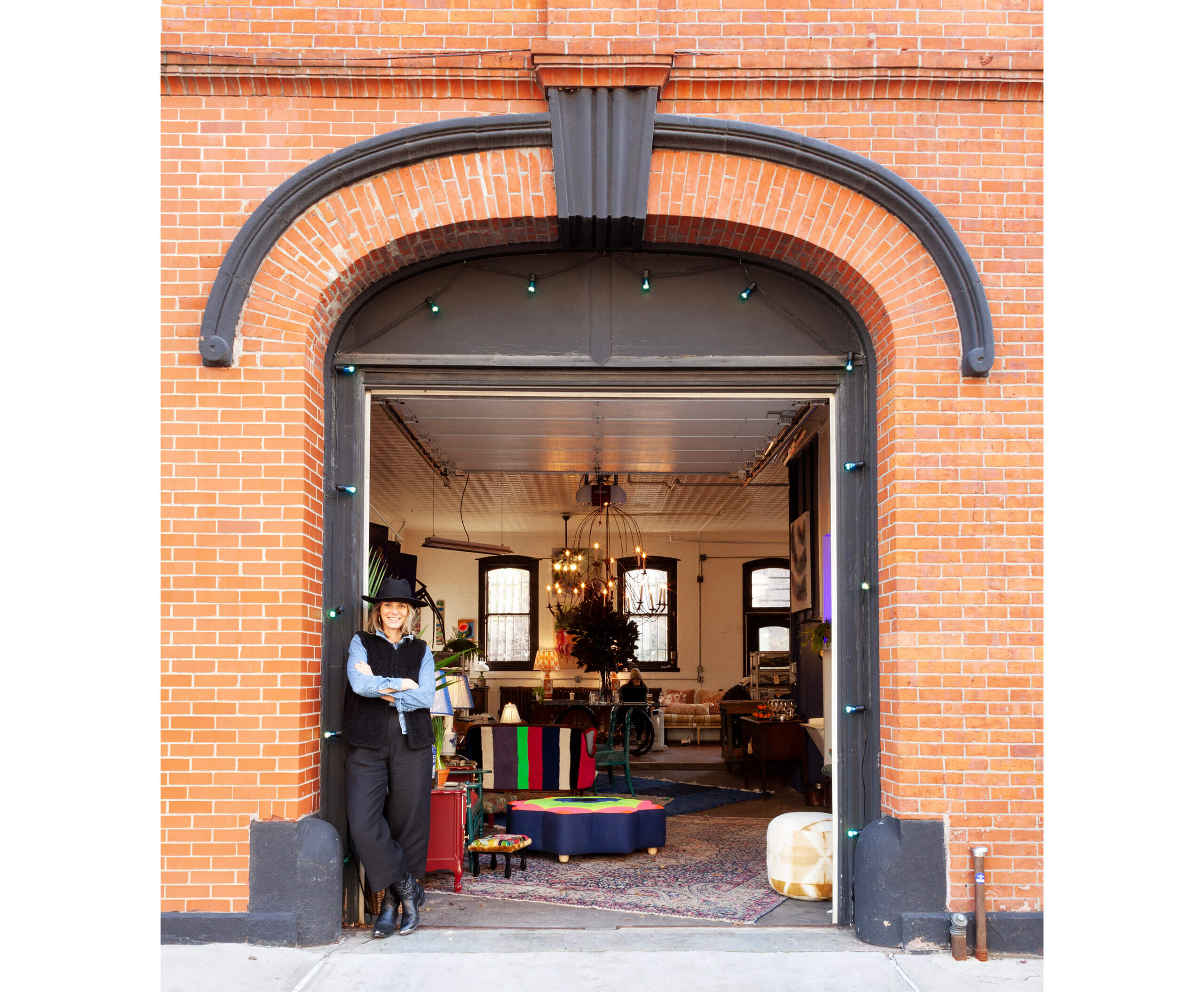
Indeed, the space is a living example of the mandate that drives Rosenblum’s work in restoration and design, which is rooted in sustainability and a desire to waste less. “When we talk about it in the furniture sense, it’s just true that older furniture is made better,” she says. “It’s not that you can’t find anything that’s good now, you can, you just have to know where to go and it can be expensive.” But she believes in working with what you already have — before going to buy something new — and seeing how it can be transformed and updated.
“Sometimes it’s hard for clients to see that,” says Rosenblum. “That’s why I made a collection of pieces that are finished so they can see what they can be. Some are collaborations with other artists, others are just pieces that I made with great fabric. It’s heartwarming to see the transformation, and how a piece can continue to live on for another hundred years.”
The imagination Rosenblum puts to work in her company was nurtured as a young girl, growing up in Ohio, by parents who had an appreciation for craftsmanship that they imparted to her. “My mom would always take us to these flea markets, and we’d go clothes-shopping at secondhand stores to find cool things. One Halloween, I was a lion, and we went to the Salvation Army where my mom found this skirt and made this amazing costume.”
It was a family heirloom that prompted Rosenblum to start Double R Design in the first place. After spending 17 years in fashion, she was itching for a new start. At the time, she was given an antique bergère by her grandmother, which she redid. “It really spoke to me,” she says. Seeing her two young children sitting in the chair was a pivotal moment. “It became, all of a sudden, this new piece,” she says. “It really did have a new life, new energy, new purpose. It was great to see them pouncing on it all the time, instead of it sitting in a bedroom where nobody was. Now it’s in our TV room, and it’s fun.”
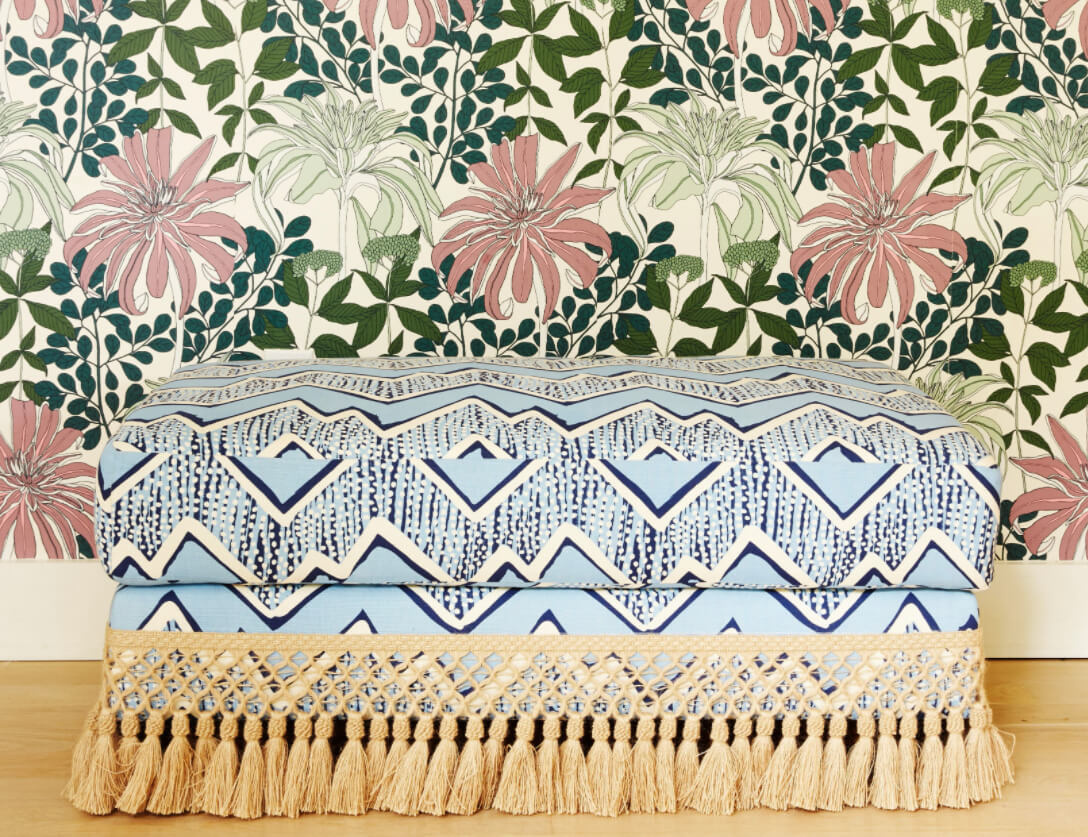
Rosenblum wanted to bring this joy to others, so she studied interior design at Pratt, online, during the pandemic, and began working on a way to channel her fashion background and love of textiles into a new career path. She created a collection of 12 initial items, photographed them, and then began getting the word out. She went to local markets and started an Instagram, where she regularly talks about her process. Now potential clients can stop by the studio, either by appointment or on a nice day when the doors are wide open.
“People often ask me, ‘Is it worth it?’ Because it’s not cheap,” she says of restoration, which can run into hundreds of dollars for labor by local artisans on a simple chair. “I say, it is if it’s got great bones. It can be a little wobbly, but if it’s solid wood — a lot [of items are] not these days — and if it has interesting details, then yes. And lastly, if it’s sentimental, like an heirloom.”
Along with these guidelines, Rosenblum loves to play with dimensions and mix colors and textiles. “When I’m designing for a client, it’s important to fulfill their aesthetic and give them something that works in their space,” she says. “But I always like to push it a little, with a small detail, like tape around a sofa or pillows that are actually double-sided with a pattern you can flip. If they’re coming to me, it’s going to be a little extra special.”
Editor’s note: A version of this story appeared in the Spring/Summer 2023 issue of Brownstoner magazine.
Related Stories
- Collyer’s Mansion Adds Design Studio in Brooklyn Heights, Expanding Interior Services
- Brooklyn Architecture Studio JAM Opens Store to Showcase Vintage Collection
- Little Pakistan’s Clothing Stores, Cultural Hubs for Community, Struggle With Rising Costs
Email tips@brownstoner.com with further comments, questions or tips. Follow Brownstoner on Twitter and Instagram, and like us on Facebook.

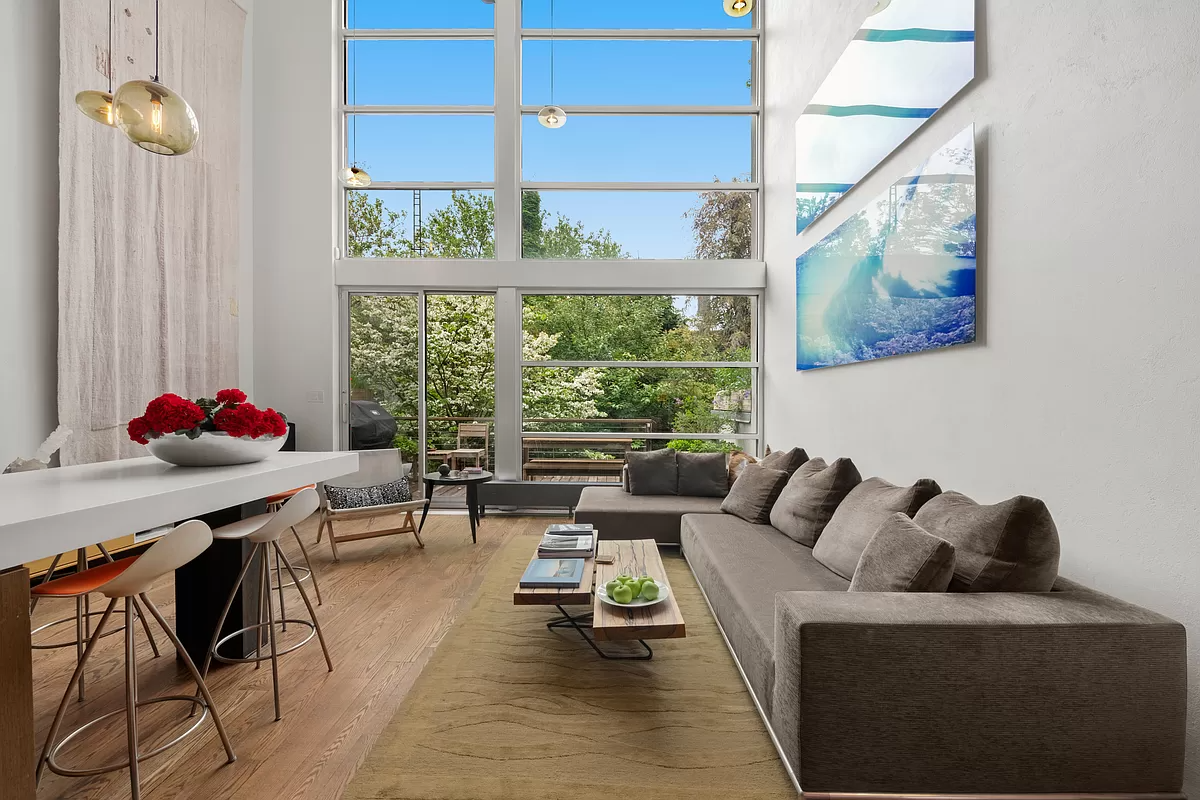
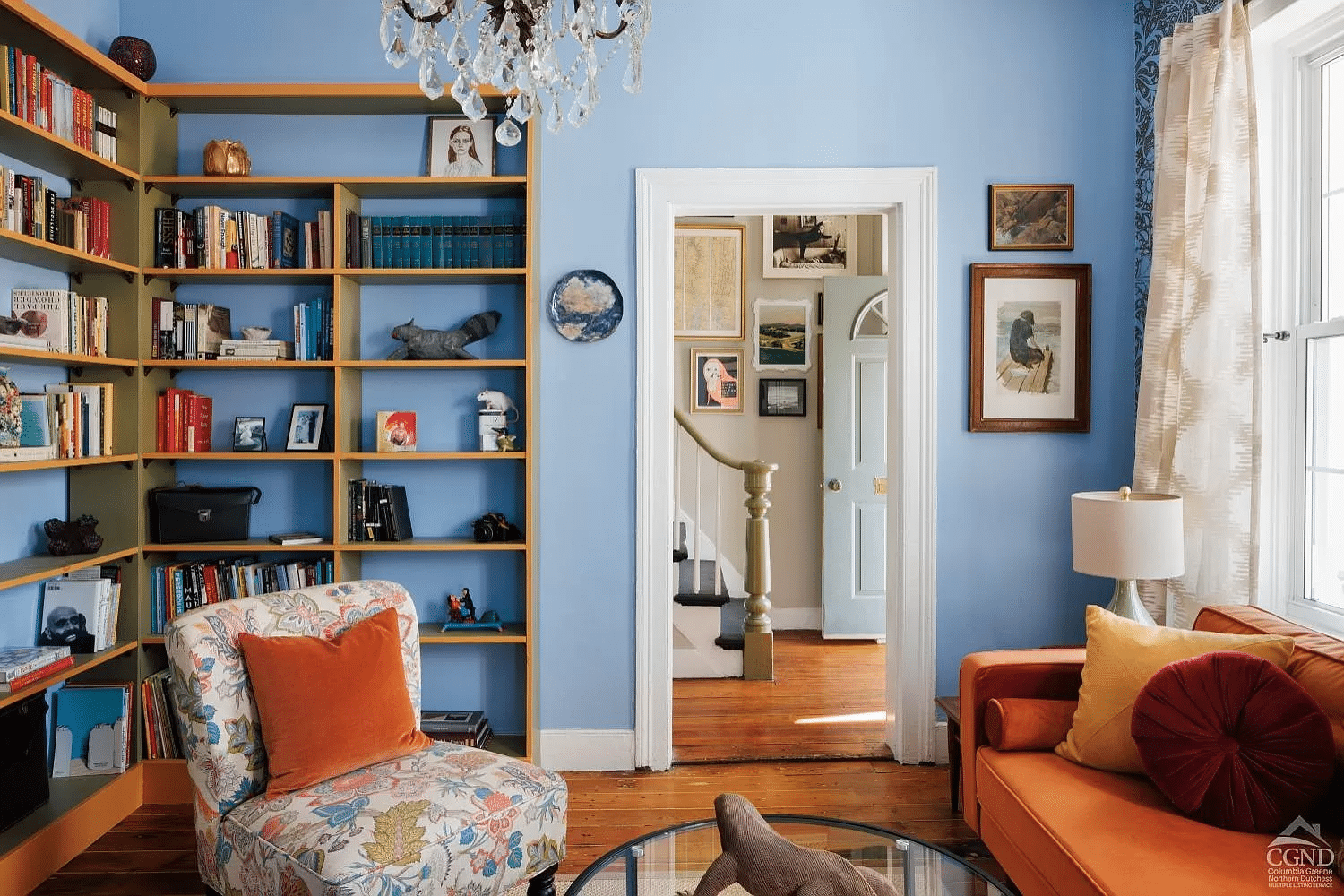

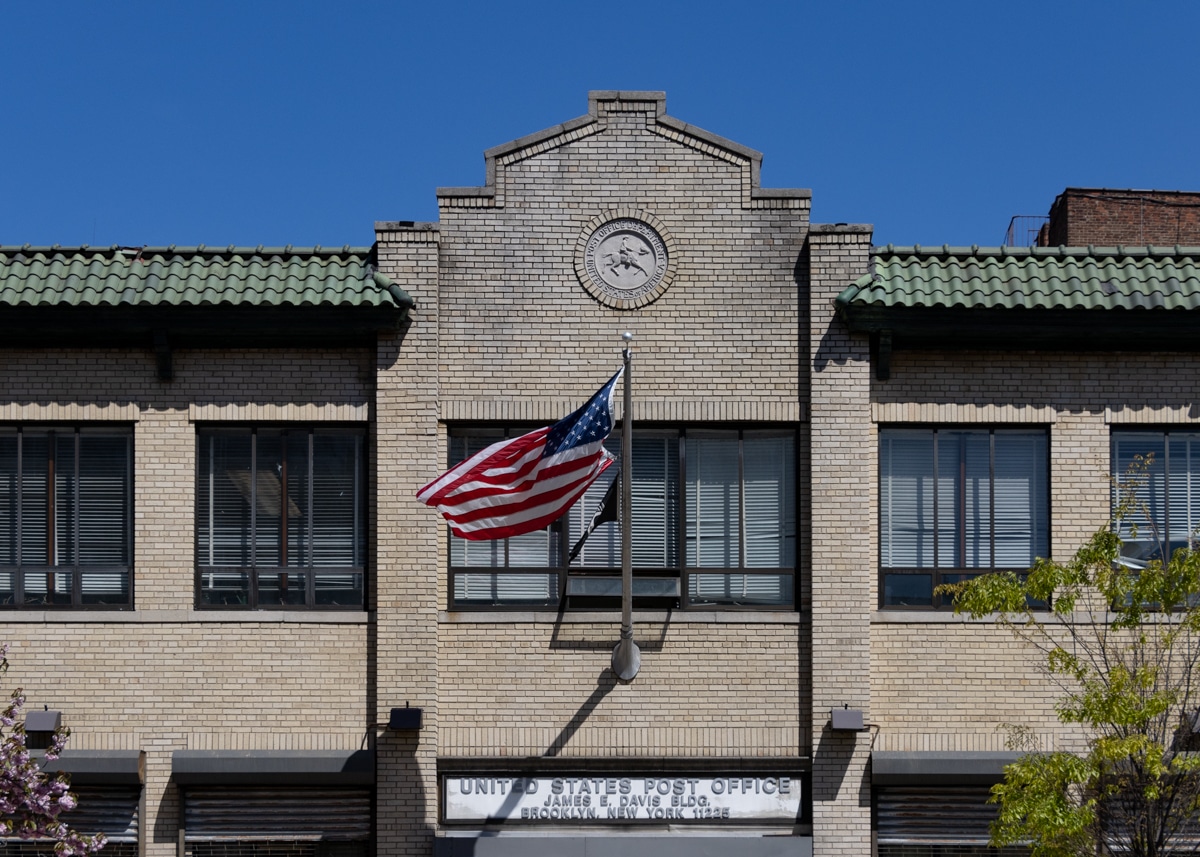




What's Your Take? Leave a Comment